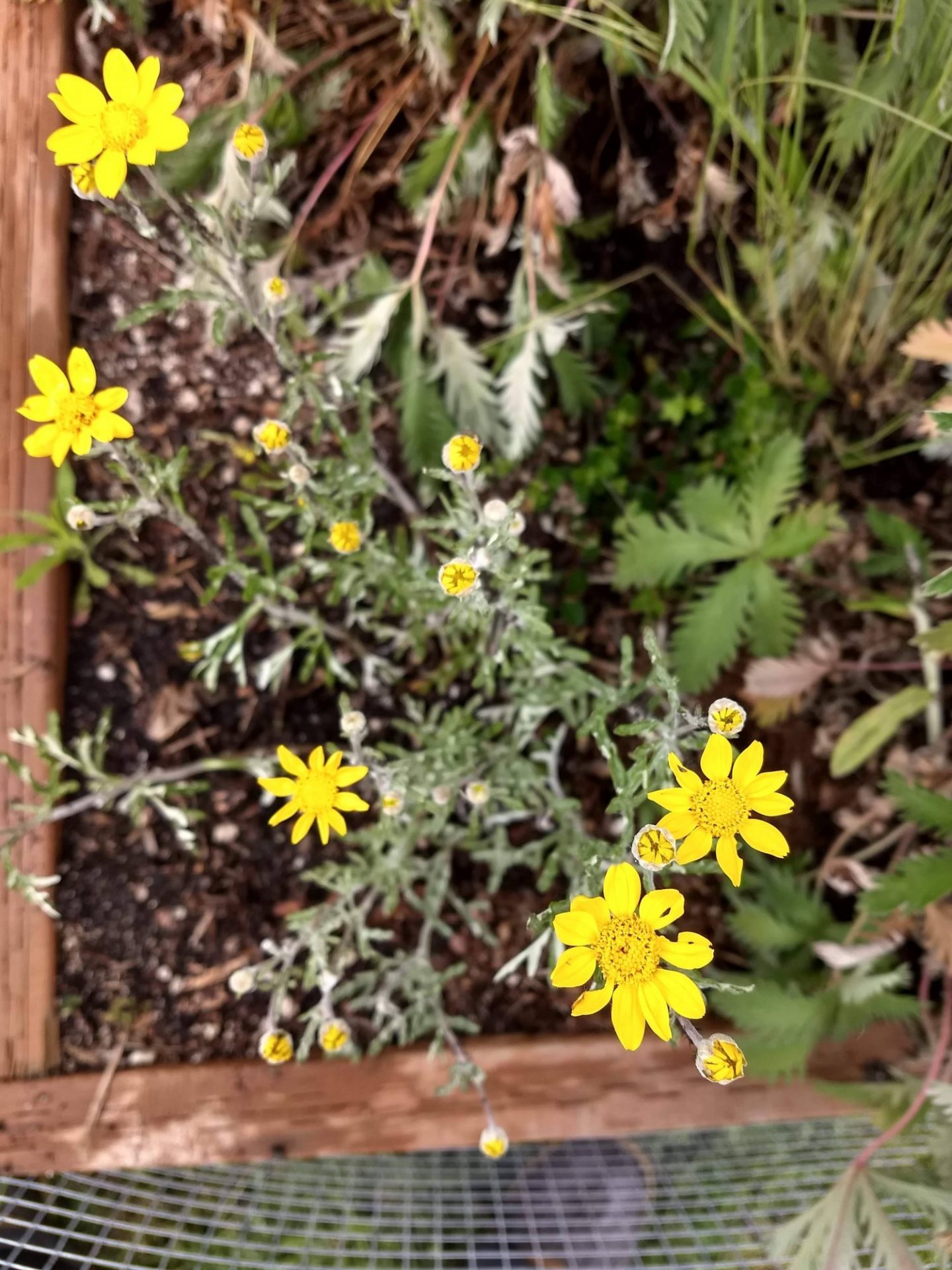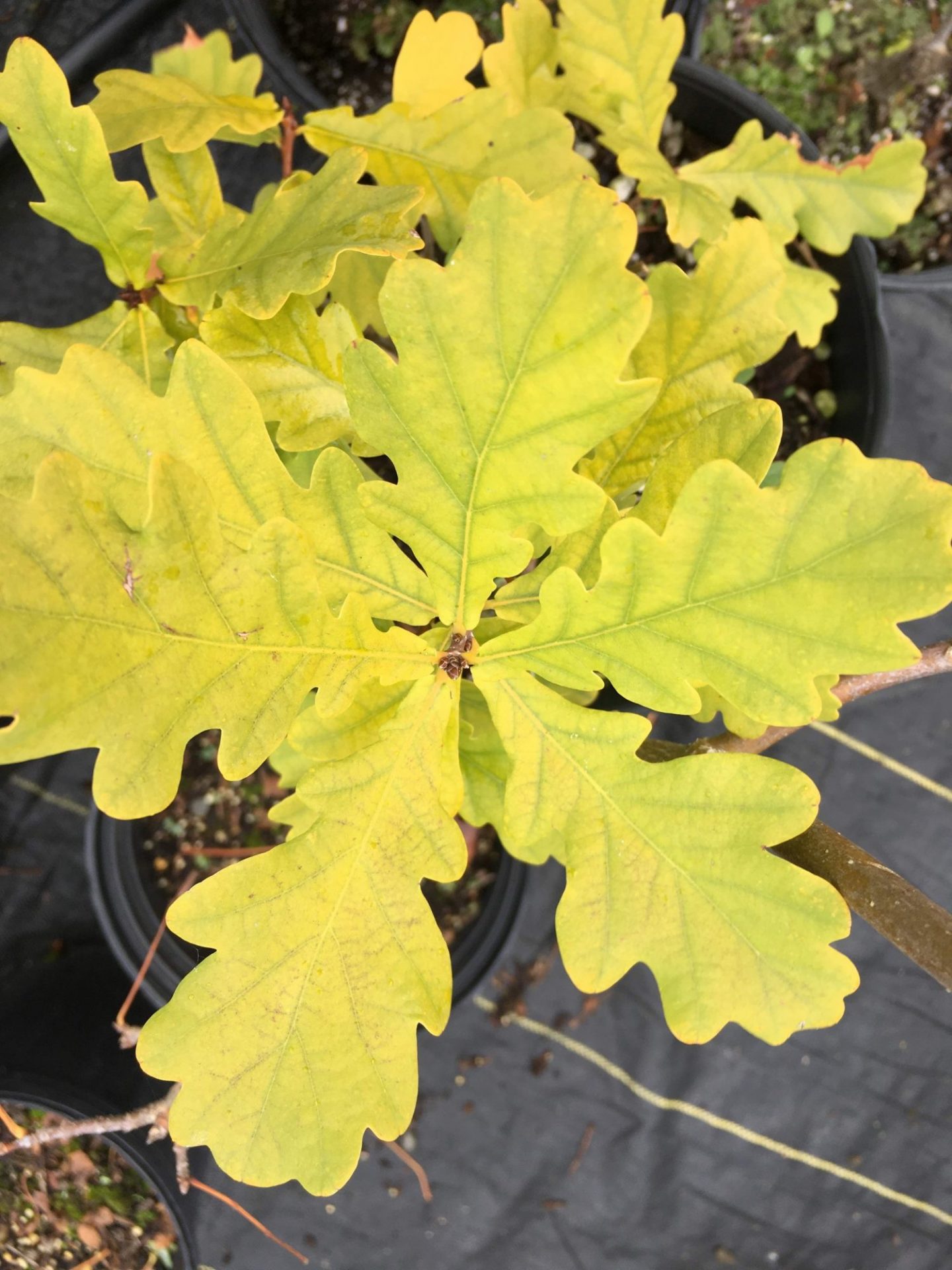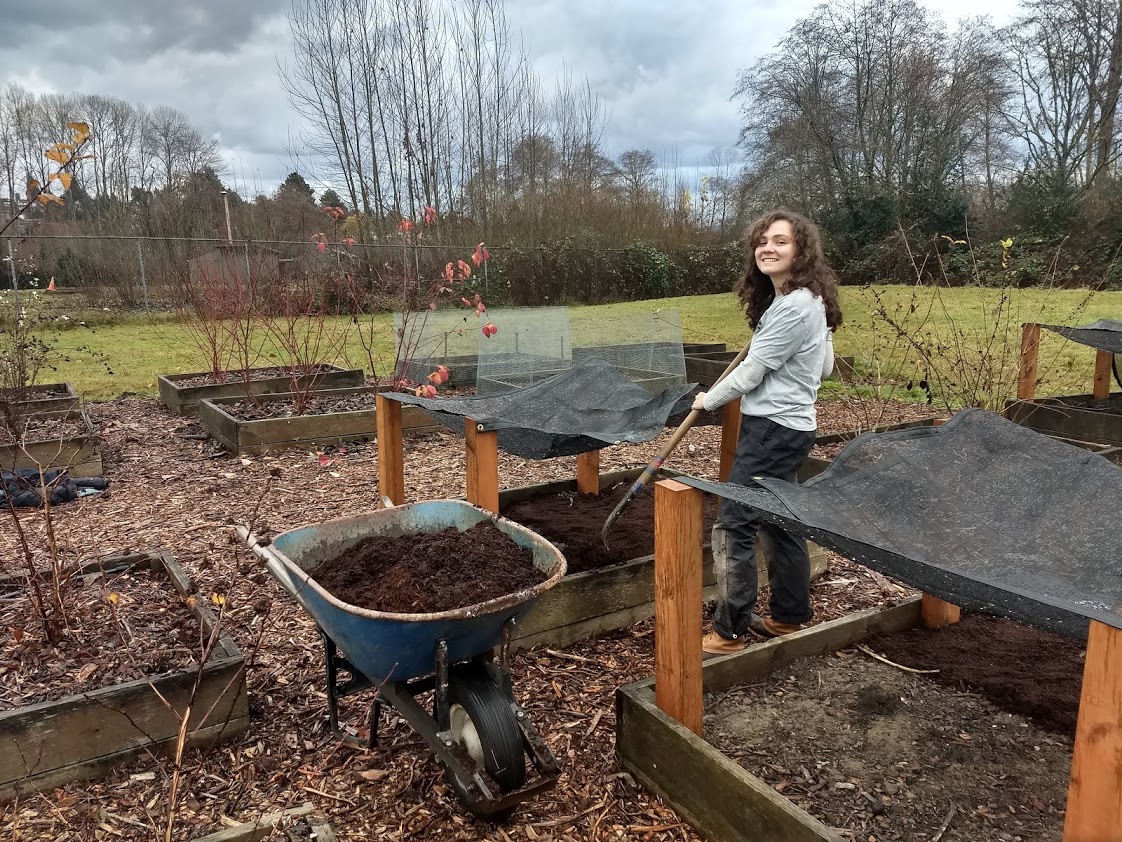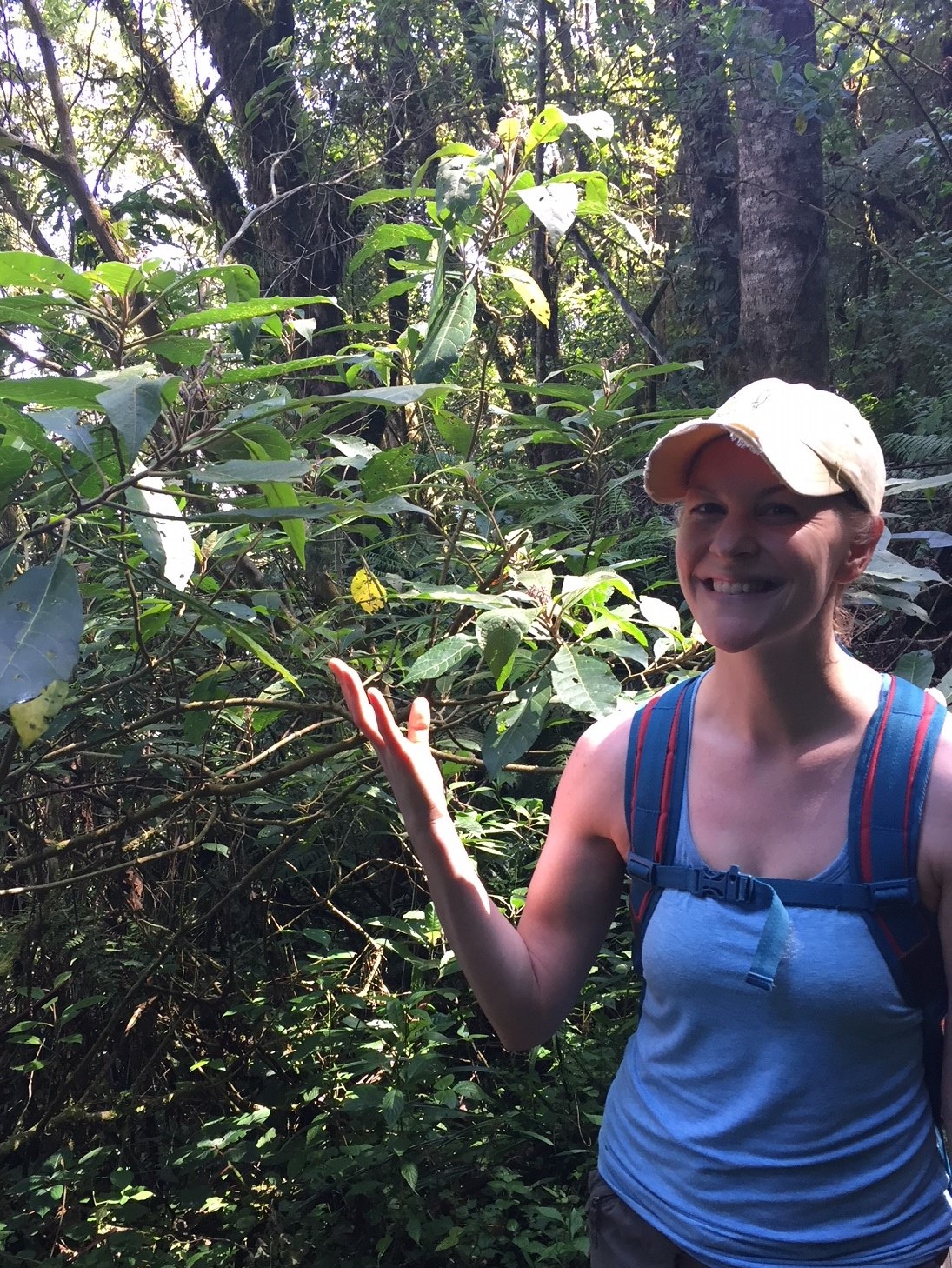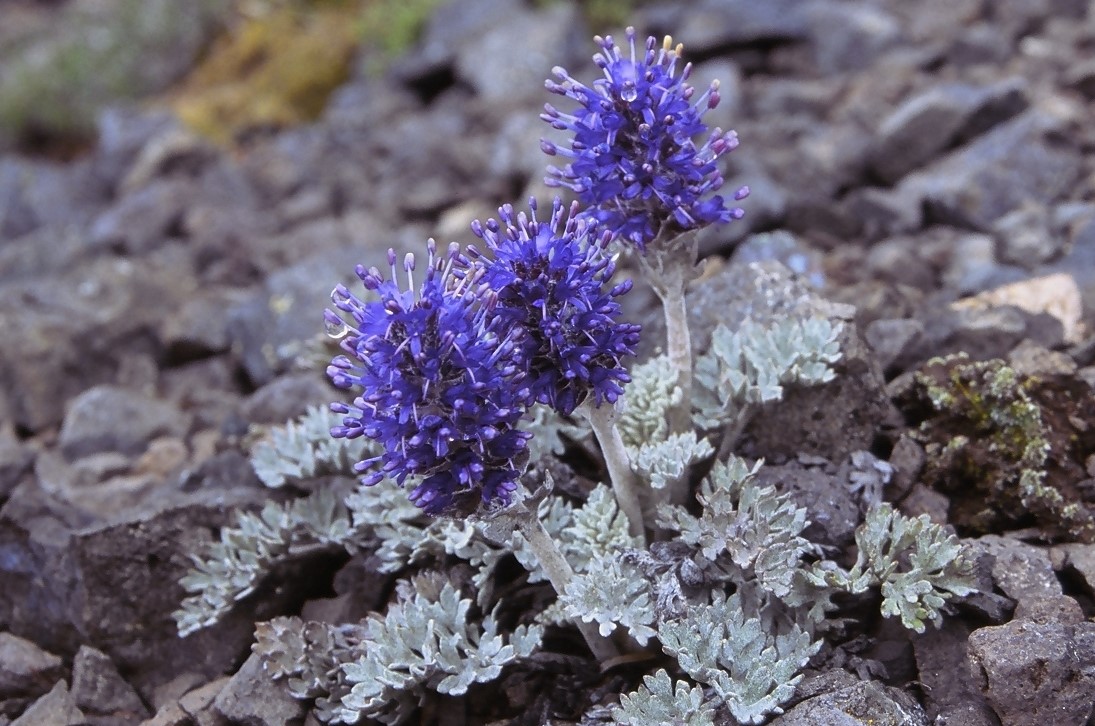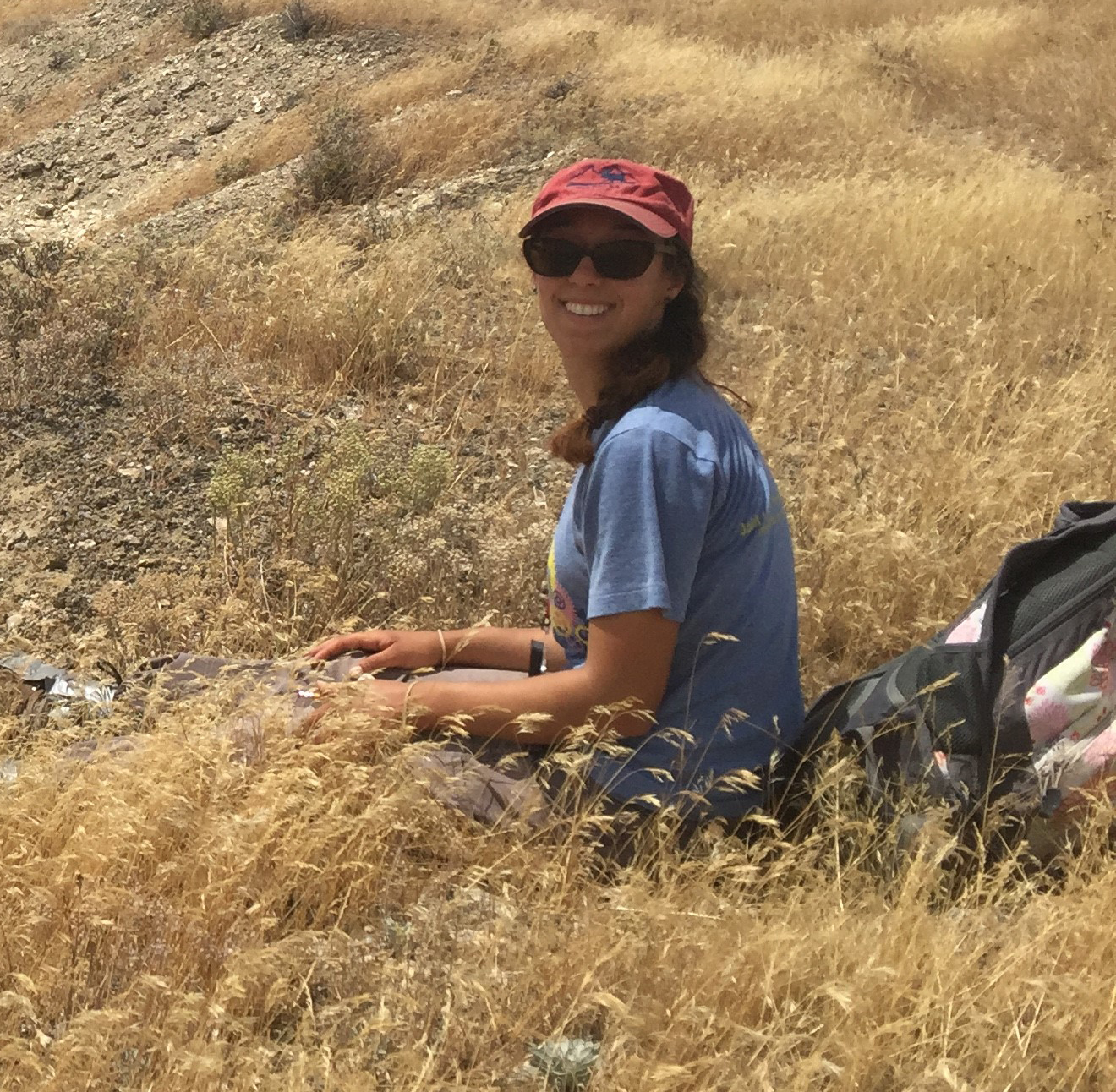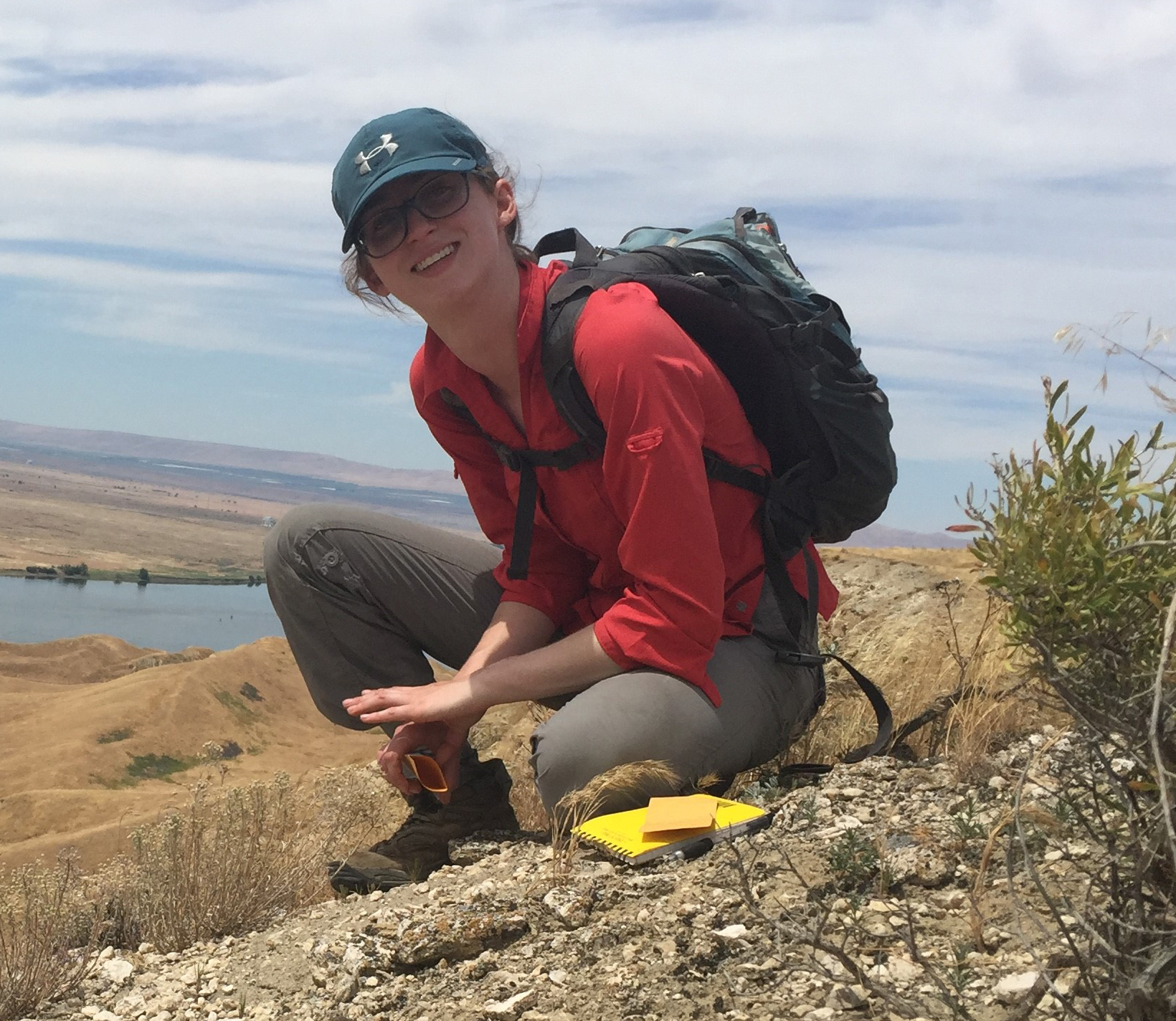Though we appreciate native plants every day, Washington State designates April as Native Plant Appreciation Month. This year’s theme, “Native Pollinators Need Native Plants,” is a mantra to live and garden by. Pollination is just one of many ecosystem services provided by native insects, and while there are many resources published about gardening for pollinators and building pollinator pathways, we should also take a moment to look holistically at supporting all beneficial insects in our garden, for pollination and beyond.
Read more »Coppicing: The Endless Gift of Trees
A millennia-old arboricultural practice is alive and well at the SER-UW Native Plant Nursery: Coppicing. Humans have coppiced trees for 10,000 years, estimates esteemed arborist and author William Logan Bryant. His recent book, Sprout Lands: Tending the Endless Gift of Trees, details this traditional practice with passion and reverence. In the pre-Industrial era all over the globe, coppicing was the cutting back of a tree or shrub close to ground level in order to obtain a crucial, life-giving harvest: stems, canes and branches to be used for firewood, to build fences, furniture and bridges, and to produce baskets and rope, among many other essentials.
Read more »New Year, New Tree: Winter Plant Sale at the SER-UW Nursery
Whether you’re aiming to beautify your yard or hoping to decrease your soil erosion rate, planting a tree would offer benefits beyond your intention. Trees are the foundation of maintaining a sustainable wellbeing. When you plant a tree, you are providing a new source of oxygen, introducing an efficient way to rid the air and soil of pollutants, and contributing to habitat in tree canopies for wildlife.
Read more »January 2021 Plant Profile: Symphoricarpos albus
As we anticipate La Niña bringing us a snowy winter, let’s take a moment to appreciate a snowy plant, or rather a plant named for its snowy berries – common snowberry. Botanically known as Symphoricarpos albus, the plant is aptly named for its white clusters of fruit. The genus is a combination of “symphori” referring to the Greek verb “to bear together,” and “carpos” from the Greek word for “fruit.” The specific epithet “albus” is the Latin word for “white.” This species of snowberry boasts ripe, white berries that develop in late summer and persist all winter, through the rain, cold temperatures, and even through, you guessed it, our [occasional] snow.
Read more »AmeriCorps Environmental Programs Steward - Chloe's Story of Service
My name is Chloe, and I am serving at the University of Washington Botanic Gardens through AmeriCorps and Washington Service Corps. Before I go into the duties of my specific position, I’d like to give a brief explanation of what it means to serve as an AmeriCorps member. AmeriCorps members often find themselves recruiting volunteers and promoting active community engagement to better serve their local neighborhood.
Read more »Union Bay Natural Area Restoration Continues
Despite a harsh winter, a large amount of work was accomplished restoring wildlife habitat in the Union Bay Natural Area this Winter Quarter 2019!
Read more »Staff Spotlight: Stacy Kinsell
Stacy Kinsell is the Volunteer and Outreach Coordinator for the Rare Plant Care and Conservation Program (Rare Care), but it hasn’t been a straightforward path to get there. Kinsell’s undergraduate work was in social work and urban studies. After school, she packed up for an adventure in a new city far away from her native Georgia and moved to Seattle. She quickly fell in love with the city, but not the career and after a few years of working in her new field, Kinsell was feeling burnt out.
Read more »Highlights from the 2018 Washington Botanical Symposium
The UW Botanic Gardens, in conjunction with the University of Washington Herbarium at the Burke Museum, hosted another successful symposium that brought together professionals, academics, and botanists from around the Pacific Northwest to share knowledge and celebrate Washington State’s flora. The full day event was coordinated by a diverse group including Washington Noxious Weed Control Board, Washington Native Plant Society, Seattle Public Utilities, Washington Natural Heritage Program, US Forest Service, and Washington Bureau of Land Management.
Read more »Reflections of a Rare Care intern: Wading through head-high nettles and scarifying seeds
Myesa Legendre-Fixx spent the summer as an intern for the Rare Plant Care and Conservation Program (Rare Care). She completed her Bachelor of Science in Biology and Oceanography at UW June 2017. Working as a Rare Care intern has been a thrilling summer! Over the summer, Ceci and I monitored 17 different plant populations, did 10 seed collections, worked with the US Bureau of Land Management doing rare plant and weed surveys and fire severity assessments of burned areas, improved the seed vault and started almost 500 seeds of Whited’s milk-vetch (Astragalus sinuatus) for an outplanting.
Read more »Reflections of a Rare Care Intern: Learning from agency partners and watching plant babies grow
Cecila Henderson spent the summer as an intern for the Rare Plant Care and Conservation Program (Rare Care). She completed her Bachelor of Science at the UW School of Environmental And Forest Sciences in June 2017. This summer I was lucky enough to work with Wendy Gibble as an intern for Rare Care, and I can hardly express my gratitude for what has been an incredibly rewarding experience.
Read more »